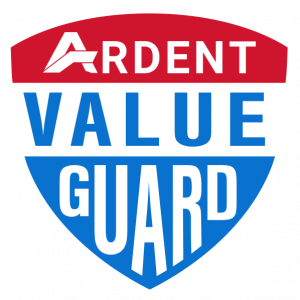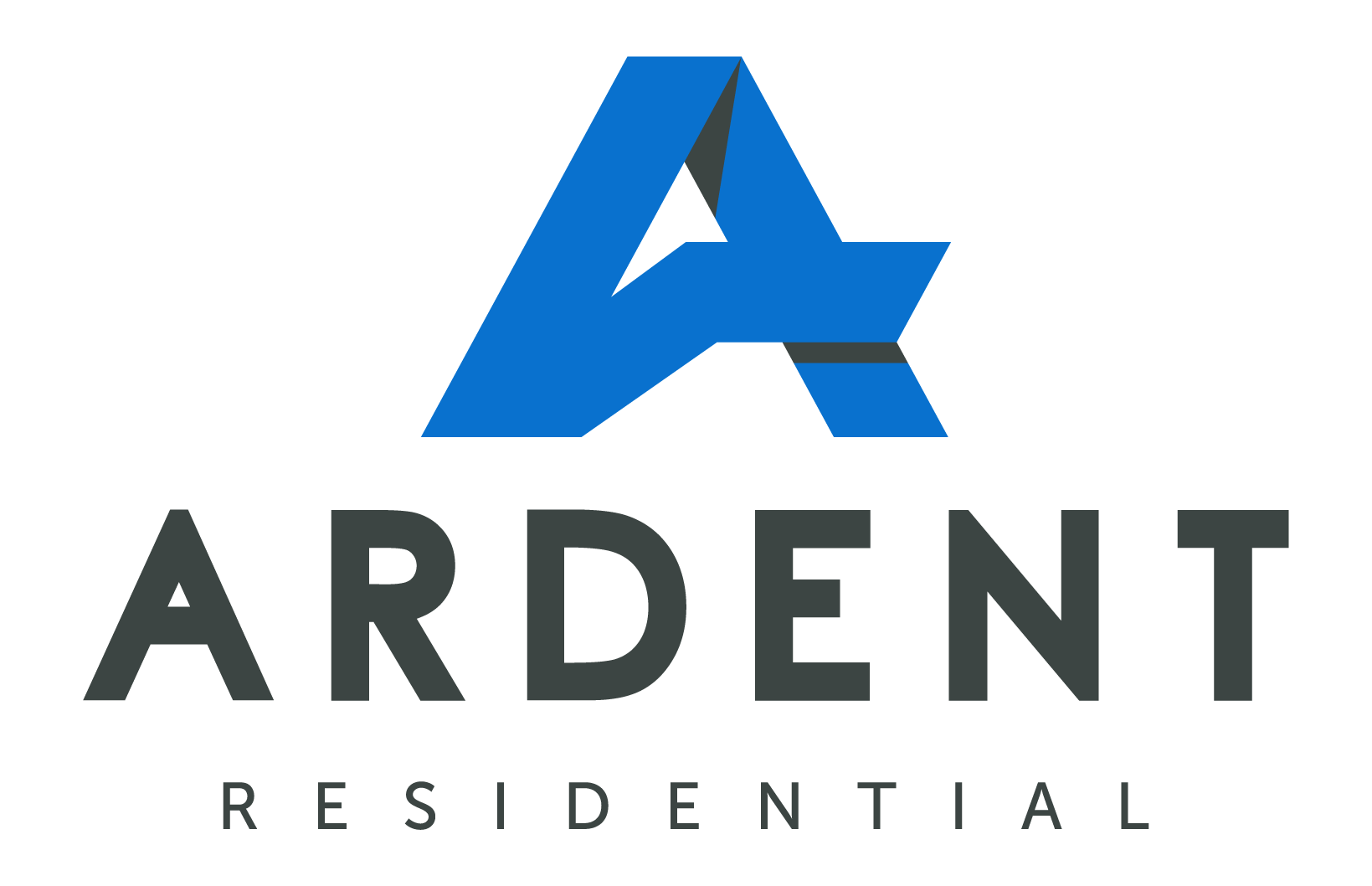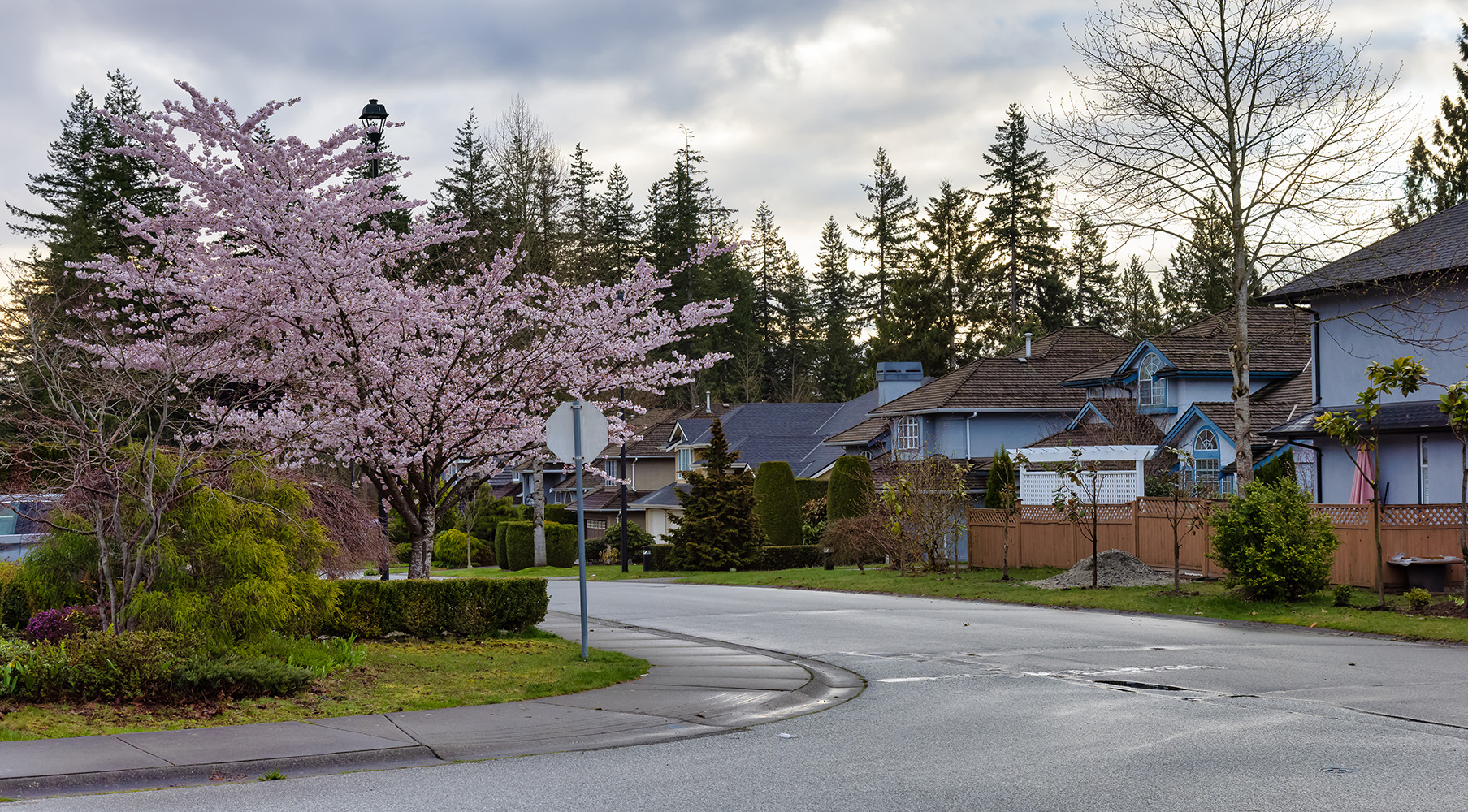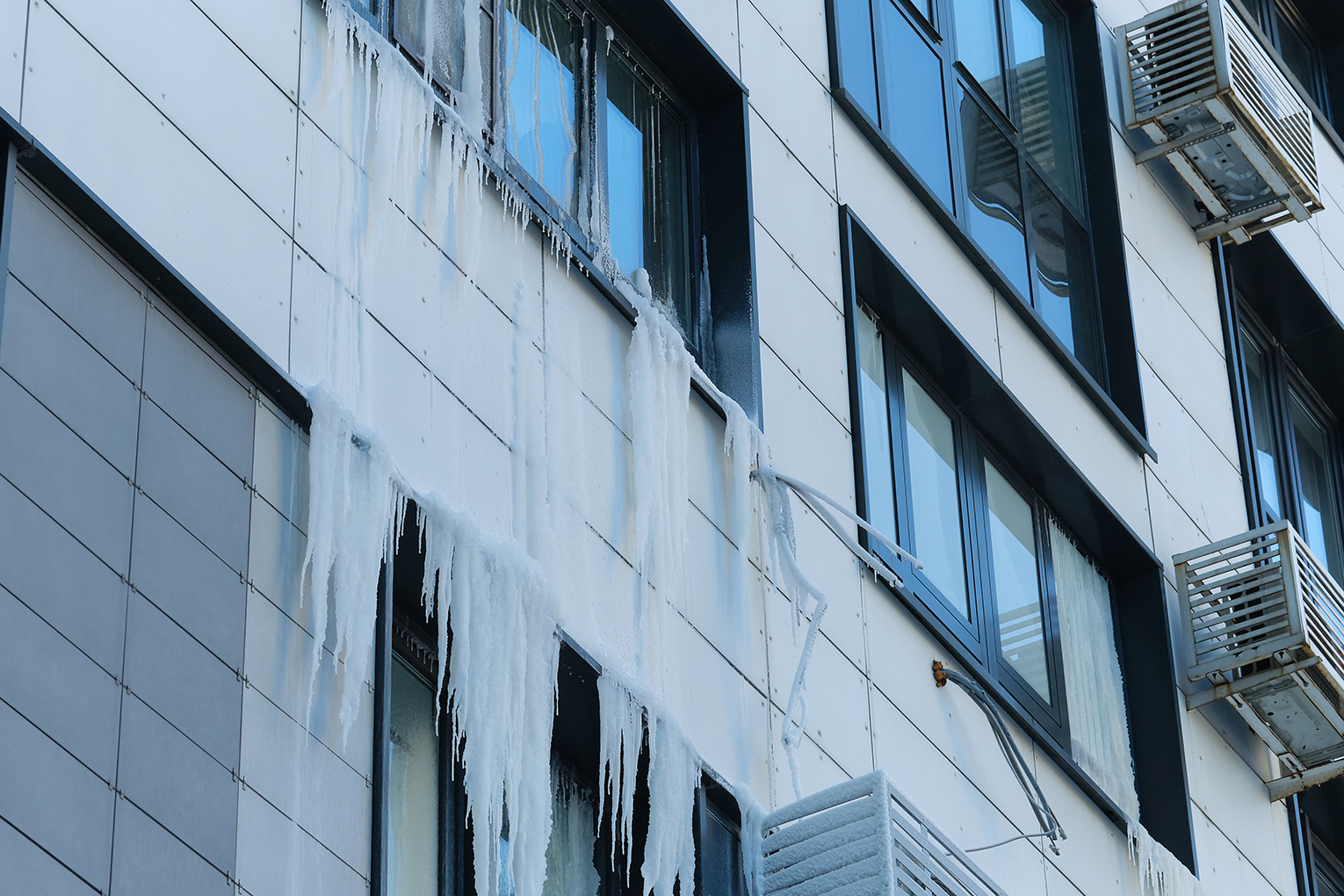For homeowners associations, a robust reserve fund is the cornerstone of financial stability. This fund not only covers routine maintenance expenses but also serves as a safety net for unexpected repairs. But how can you ensure that all your assets and resources are in order? The answer lies in conducting reserve studies for homeowners associations.
Reserve studies are indispensable tools for managing your budget and resources effectively. While they might seem daunting, they are a fundamental aspect of HOA management. In this guide, we will delve into everything you need to know about reserve studies for homeowners associations, including their types, components, significance, and how to prepare for one.
What is a Reserve Study?
An HOA reserve study, also known as a condo reserve study, is essentially an in-depth analysis of a homeowners association’s assets and reserve fund. Typically conducted by HOA management companies, these studies encompass on-site inspections and financial assessments.
It’s essential to differentiate between the reserve fund and the operating fund. The operating fund caters to routine expenses like fees, utilities, and insurance premiums, while the reserve fund is earmarked for significant repairs or replacements.
Different Types of Reserve Studies
There are four primary types of reserve studies:
- Preliminary Study: Usually conducted before a community is constructed, this study is based on extensive engineering and architectural plans. It inventories the HOA’s fundamental components and overall value.
- Study with No Site Visit: This is the most cost-effective type of reserve study as it doesn’t involve an on-site review. Instead, it relies on discussions between the board, staff, and vendors.
- Study with an On-Site Visit: This involves a physical audit of the association’s common elements. It updates the fund’s status, funding plan, and estimated value.
- Full Reserve Study: The most comprehensive and costly type, this study typically occurs at the beginning of the association’s formation. It includes component inventories, condition assessments, financial analyses, and more.
The Components of Reserve Studies
Reserve studies for HOAs typically comprise two main components:
- Physical Analysis: This component assesses the physical condition of common areas within the homeowners association’s purview. It evaluates the quality of community areas and estimates the cost of potential repairs.
- Financial Analysis: A reserve fund study necessitates an examination of the overall financial health of the reserve fund. This includes an assessment of projected or current expenses, revenue, and the actual reserve fund balance.
Why Are Reserve Studies Important?
Reserve studies may appear intricate, but they offer several advantages for your homeowners association:
- Assess the Current Conditions of Assets & Properties: Reserve studies provide a rapid assessment of your homeowners association’s financial assets and the current state of physical properties. This information is invaluable for informed decision-making.
- Plan and Budget for Major Repairs Ahead: By identifying potential major repairs in advance, you can proactively plan and budget for them. Prevent budgetary surprises and avoid depleting the reserve fund or running into financial deficits.
- Predict Future Costs & Avoid Unpleasant Surprises: Proactively addressing issues while they are small prevents them from escalating into major problems. Reserve studies can identify and prioritize necessary repairs, giving you time to plan and allocate resources.
- Ensure Transparency for HOA Members: Transparency is crucial for building trust with homeowners. Reserve studies provide members with insights into the physical condition and financial health of the association, aligning with the promises made on the HOA website.
- Meet Legal Requirements: Many states have legal requirements regarding reserve studies. These regulations dictate whether a reserve study is legally necessary, its frequency, and its components. Compliance with these requirements is crucial to avoid legal issues.
- Obtain Financing and Insurance: Lenders and insurance providers often require a minimum 12-month reserve study performed by a qualified reserve study company. The data from the reserve study informs lenders about your organization’s financial health and assists insurance companies in assessing risk.
- Foster a Sense of Community and Cooperation: Reserve studies demonstrate active engagement in improving residents’ community experience. By involving homeowners in discussions and planning, you can foster a sense of community and cooperation.
- Maximize Property Values and Marketability: Well-maintained properties are more appealing to prospective homeowners. Highlighting that your community is well-maintained can increase the attractiveness of your properties, leading to higher property values and marketability.
How to Prepare for an HOA Reserve Study
A comprehensive reserve study comprises the following key components:
- Component Analysis: This involves an on-site inspection of common areas, identifying the quantity, value, and anticipated remaining useful life of components. These components could include items like paint, fencing, roof replacement, HVAC equipment, and more.
- Summary of Finances in the Reserve: This section offers a clear overview of your homeowners association’s current ability to fund repairs. It outlines financial details related to the reserve fund.
- List of Responsibilities: Documenting who is responsible for various projects ensures accountability throughout your association’s life.
- Projected Expenditure for Future Repairs: This provides insight into upcoming repairs and their expected costs, crucial for effective budgeting.
- Detailed Repairs Plan: This section communicates to residents, lenders, and other stakeholders the planned repairs for the upcoming months or years and the methods for their execution.
- Funding Plan: Transparency in funding is essential. Research your state’s legal requirements for replenishing the reserve fund and outline the steps to be taken.
 A partnership with Ardent Residential means a hedge of protection for your Association, with Ardent’s Value Guard™ protection plan. Value Guard™ is the only product of its kind, and guarantees against falling property values. CLICK HERE to find out more!
A partnership with Ardent Residential means a hedge of protection for your Association, with Ardent’s Value Guard™ protection plan. Value Guard™ is the only product of its kind, and guarantees against falling property values. CLICK HERE to find out more!




